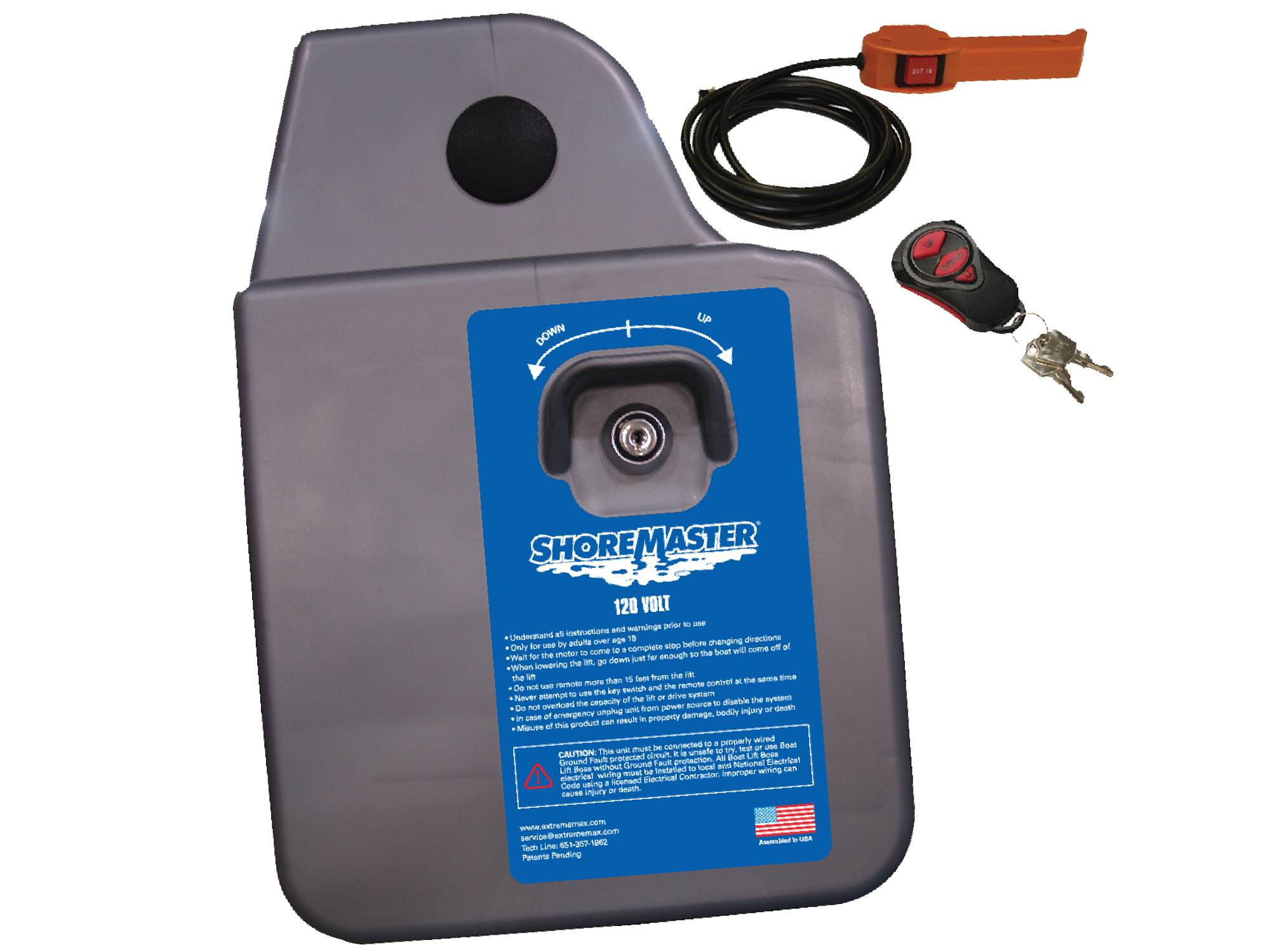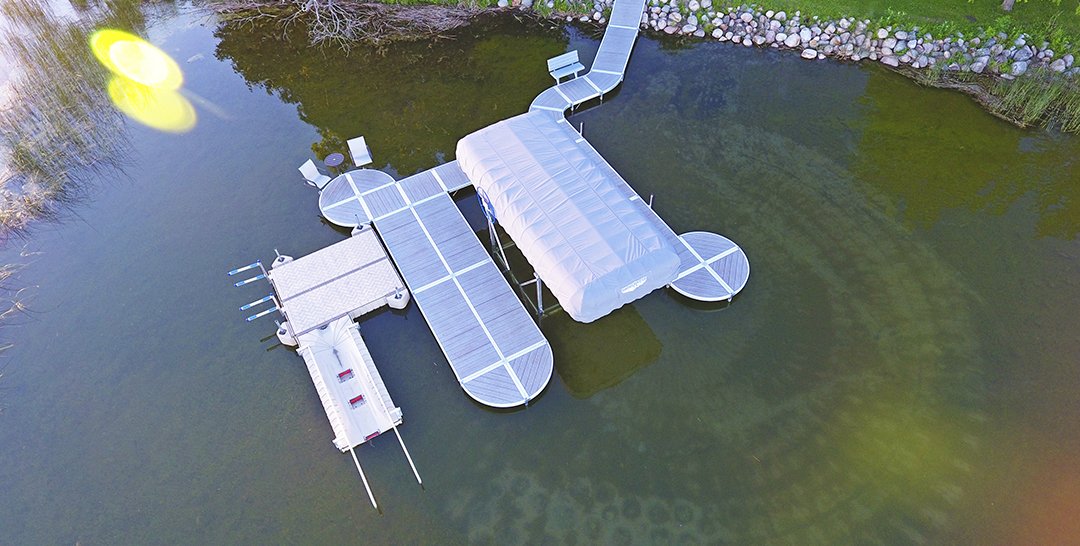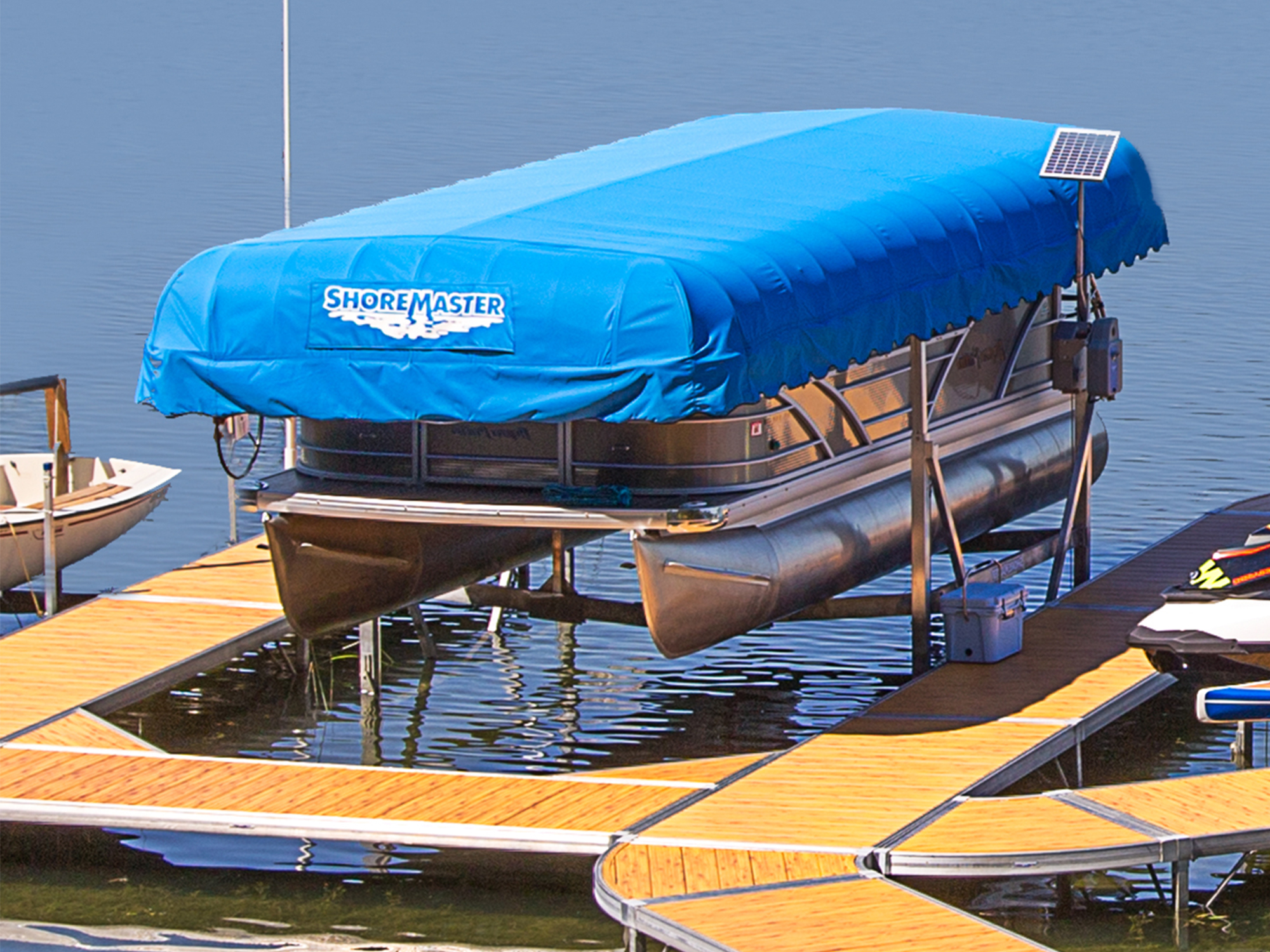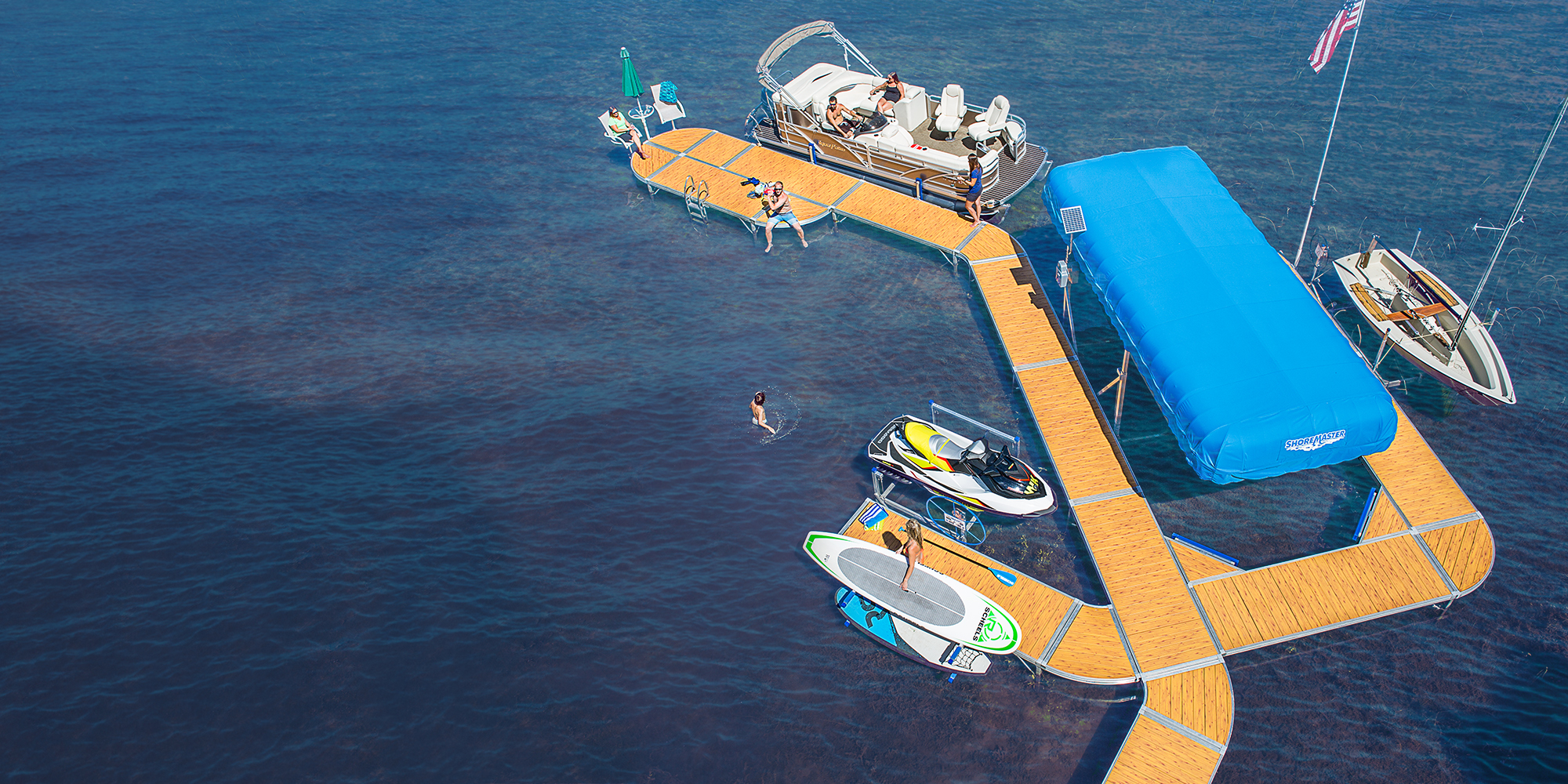Posted on August 15, 2019
Mistakes When Using Your Boat Lift
Written by ShoreMaster Marketing
No one wants to see their boat sinking or floating away, and losing it even before getting it out on the water can be embarrassing. Boat lifts are designed for specific weights and balancing. If you don’t follow the manufacturer’s instructions as well as common sense, you’re looking at a
boat in the water instead of on it. To keep you and your boat safe, ShoreMaster has some tips to avoid boat lift mistakes.
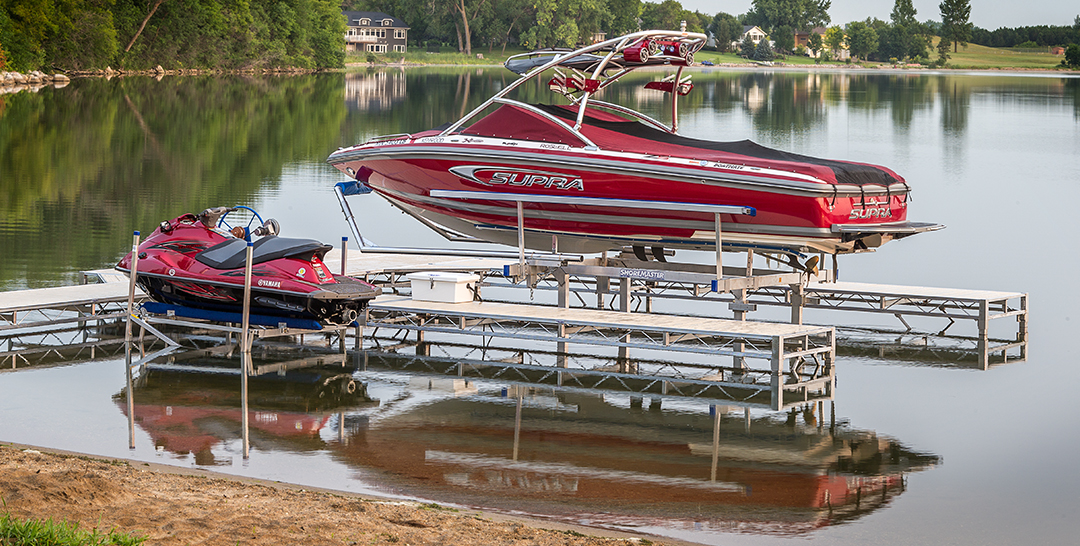
Never Exceed the Weight Capacity
Extensive testing goes into making sure a lift can support certain watercraft weights. Never
ignore the results of these tests. Don’t assume a lift can support “a few extra pounds,” and if a
salesperson tries to sell you a lift rated for even a pound less than your boat’s weight, find a
different seller. At ShoreMaster, we have proper lifts for all types of watercraft, as well as lift
canopies, motors and accessories. Our hydraulic lifts even come with a remote control for easy
use.
Boaters also need to account for fuel, equipment, and anything else that will add weight to the
boat. The listed poundage refers to the maximum weight of the craft without all the extras.
Give yourself plenty of wiggle room by pretending your boat weighs a couple hundred pounds
more than it actually does.
Position the Boat Properly
Like with a rowboat in water, balance is essential. When a lift is rated, manufacturers are
assuming the load will be balanced when the purchaser uses the lift. On a lift, a boat should be
as equally balanced at the front as it is at the back. The left and right sides also should be
centered. If the boat is properly balanced, you should not be able to raise the bow at all with
your hands.
A boat that is too far back on the lift creates a light front — much like the imbalance of a 100-
pound kid on one end of a seesaw with a 30-pound kid at the other end. Waves can easily wash
up beneath the front and free the boat. Too much weight also creates additional strain on the
cables; if the cables aren’t in perfect shape, they could break.
Although you should load the boat after it’s in the water, if you choose to load prior, distribute
that load evenly.
Be Aware of Lifting Height
Do not try to raise the lift once it is fully raised. Continuing to crank the winch places stress on
all parts of the mechanism, including pulleys and cables. This may cause damage or failure of
any one of these components. Some winches automatically shut off when the lift reaches its
maximum height. Make sure this mechanism works as part of the lift’s routine boat lift maintenance.
Proper Loading
It may seem easier to load a boat while it is not rocking on the waves, but anything loaded prior
to the boat being in the water adds to the maximum weight for which the boat lift was
designed. Loading on the water also helps you determine where the best weight distribution is
to maintain balance on the watercraft. Lower the boat prior to adding things such as food, extra
rope, and other essentials and equipment.
If your lift isn’t functioning properly, it may be time to get a new one. ShoreMaster offers four
lift models made from sturdy materials. We also have the quietest winches in the business.
We’ll be happy to help you figure out which lift is best for your location and type of watercraft
so you can avoid making any boat lift mistakes in the future.

